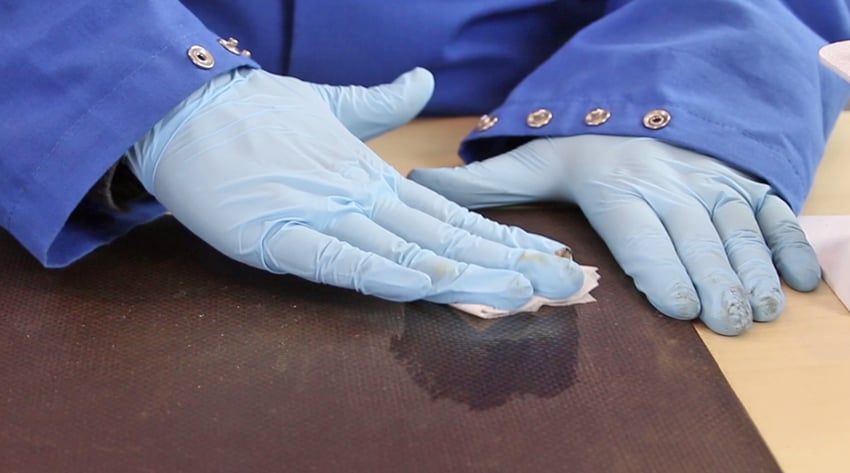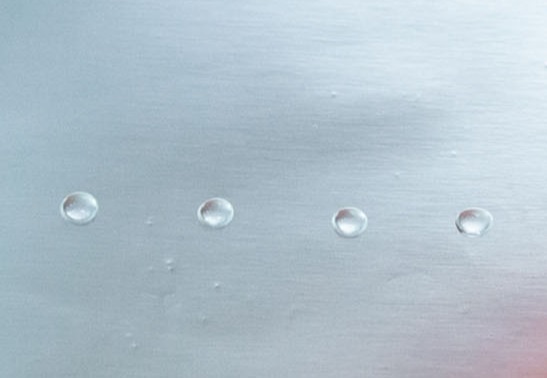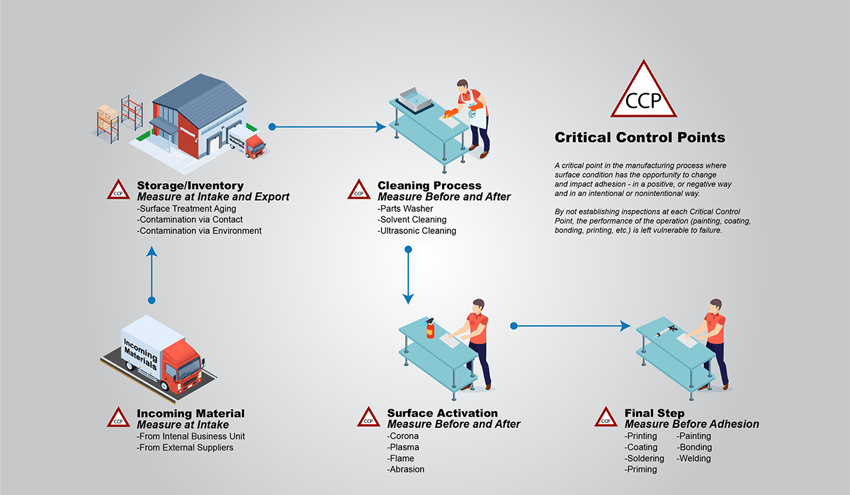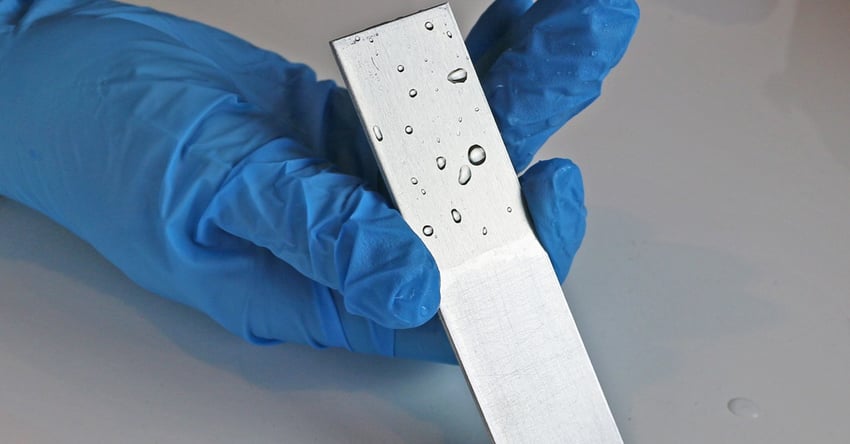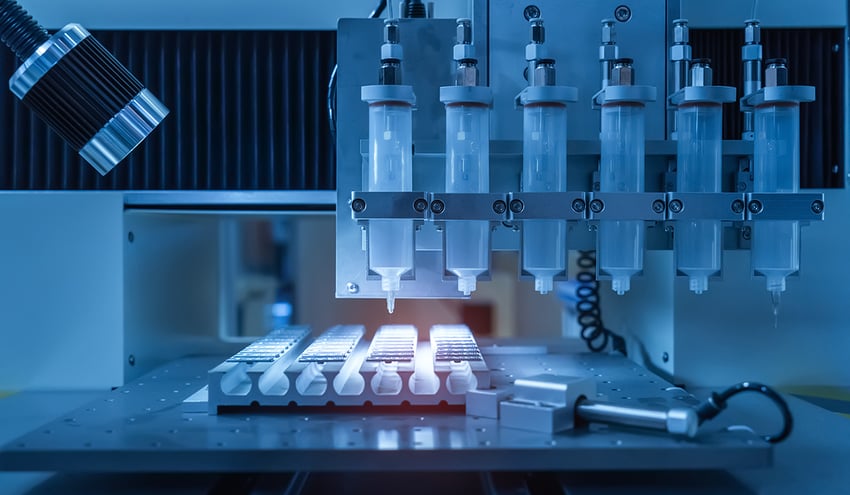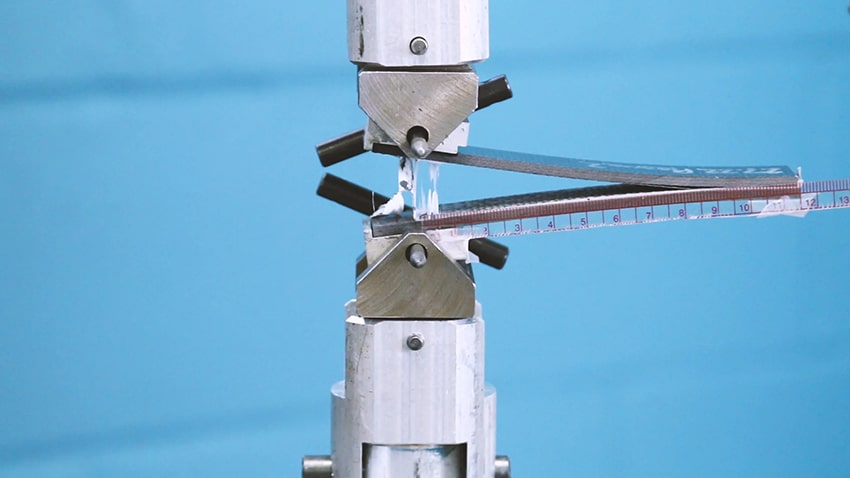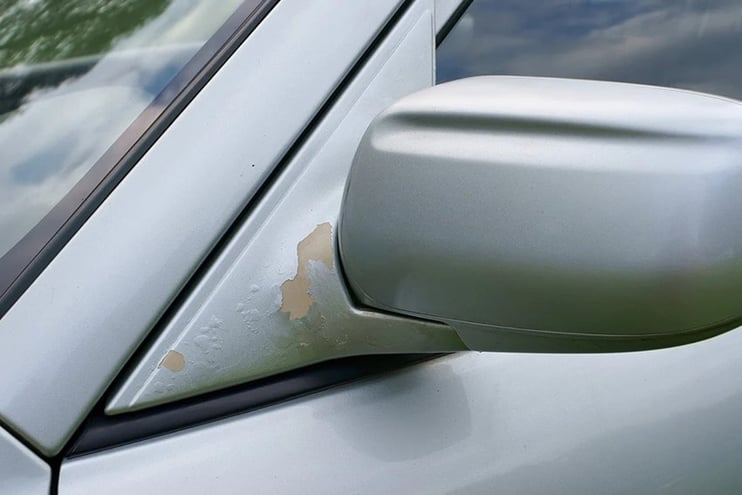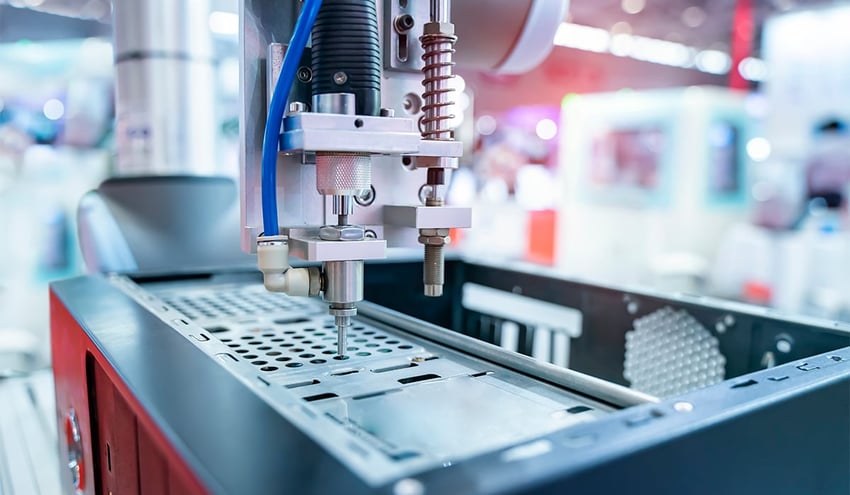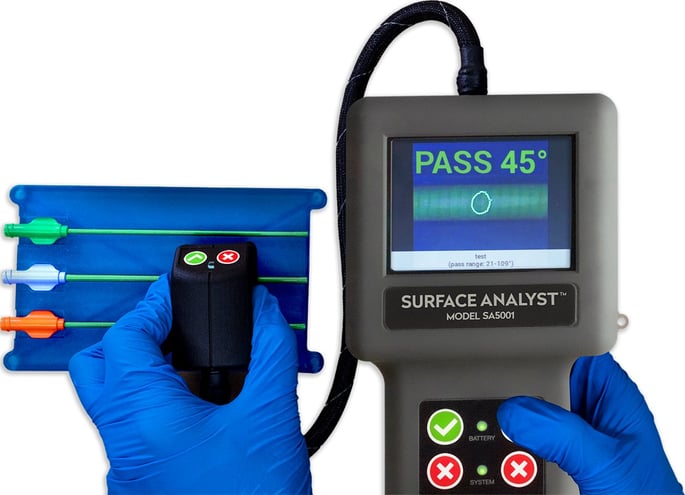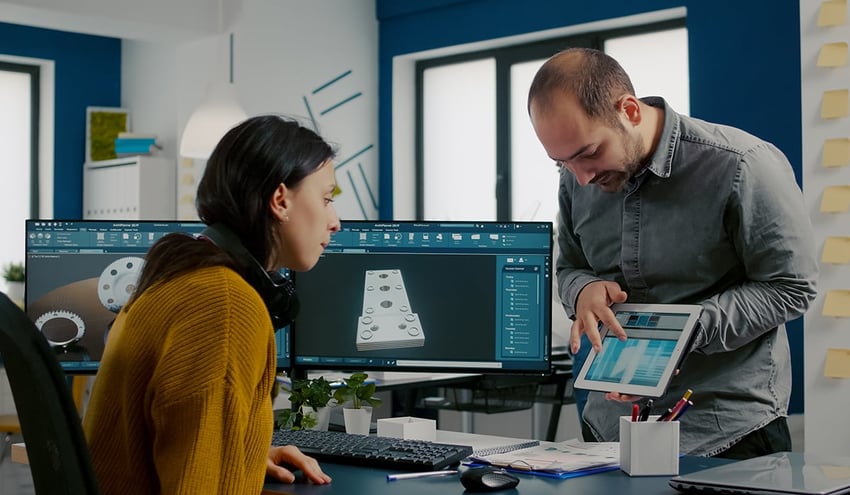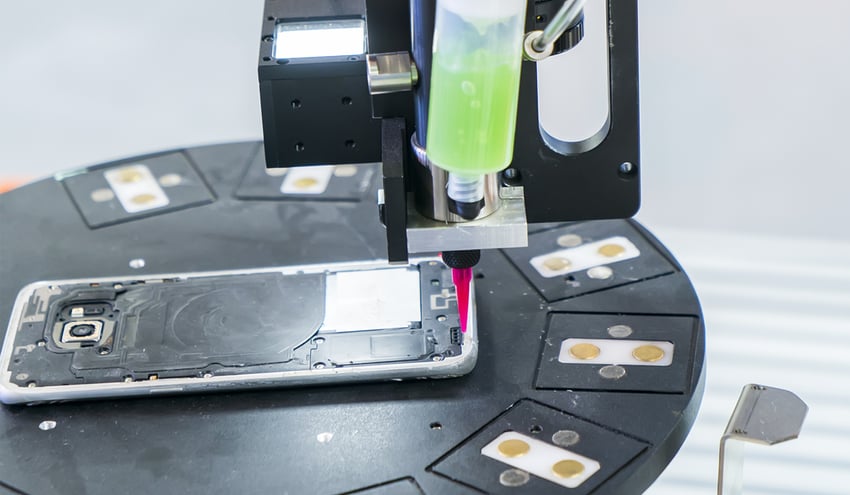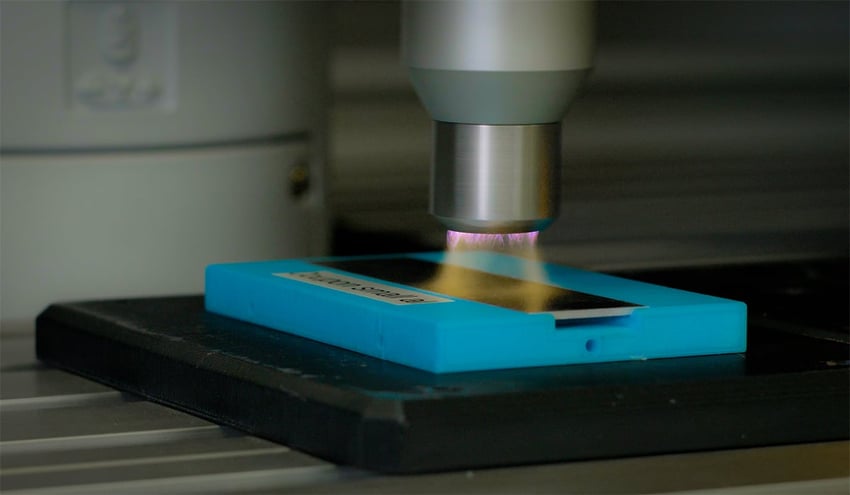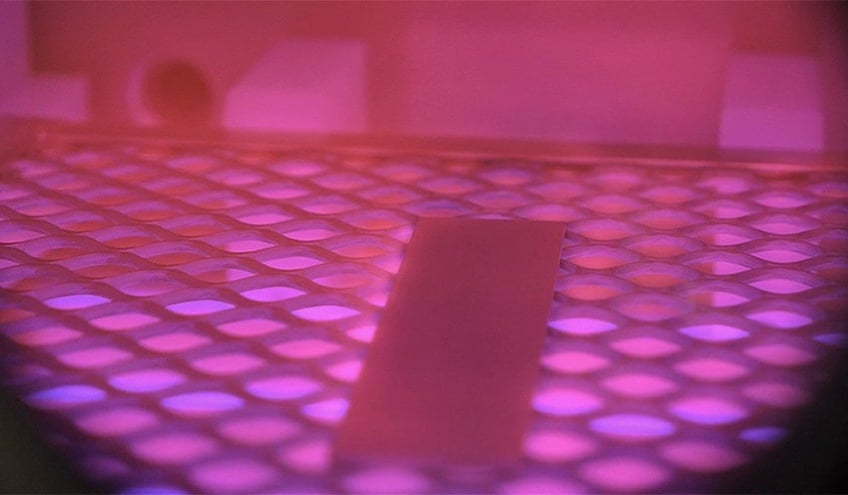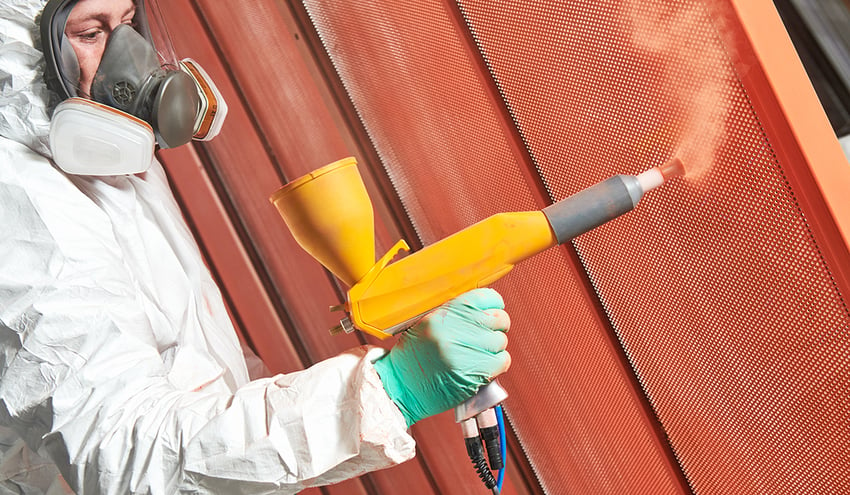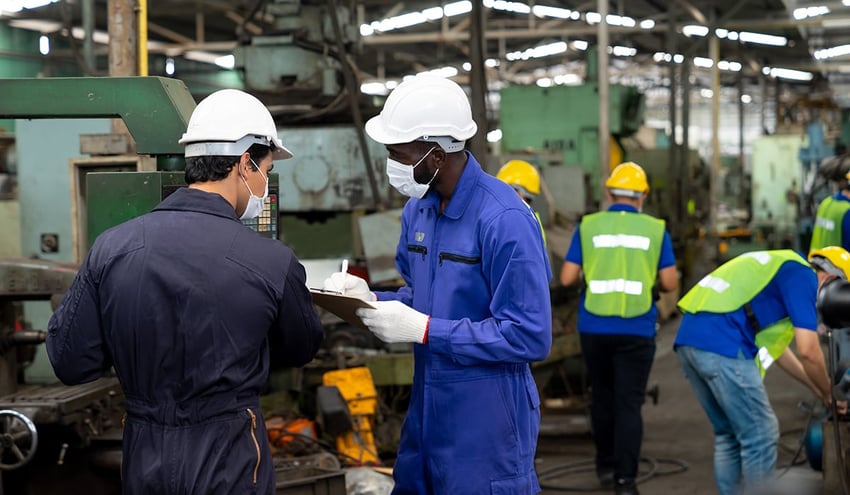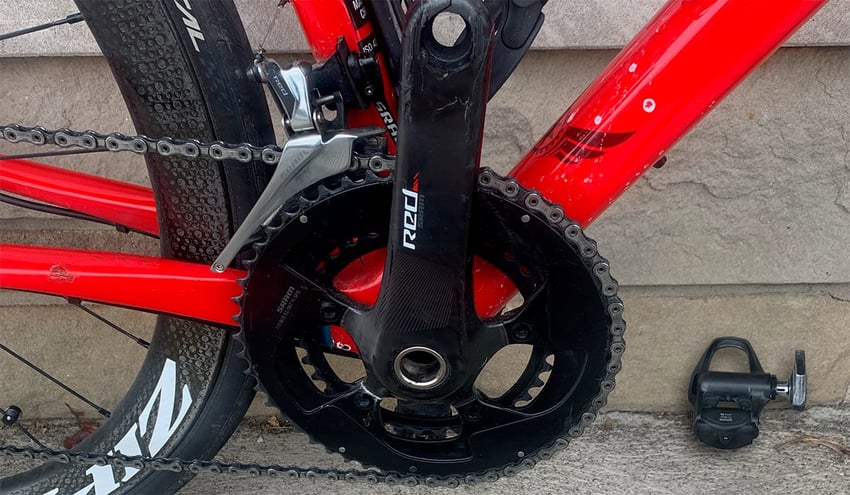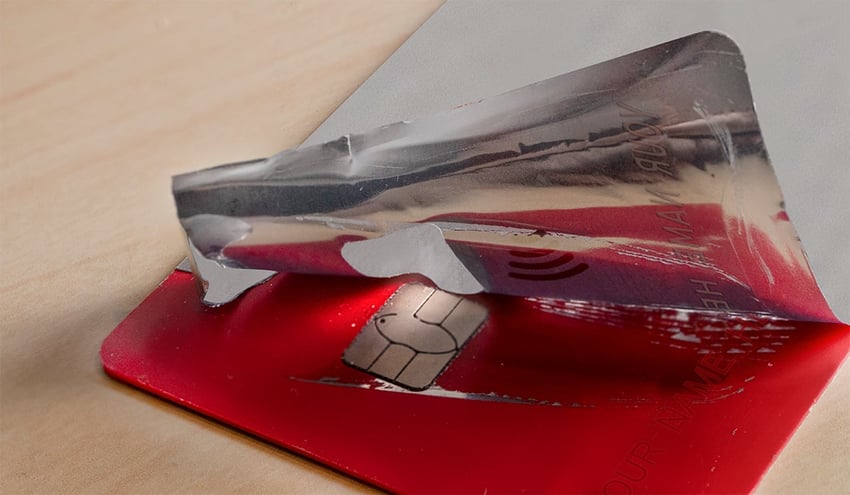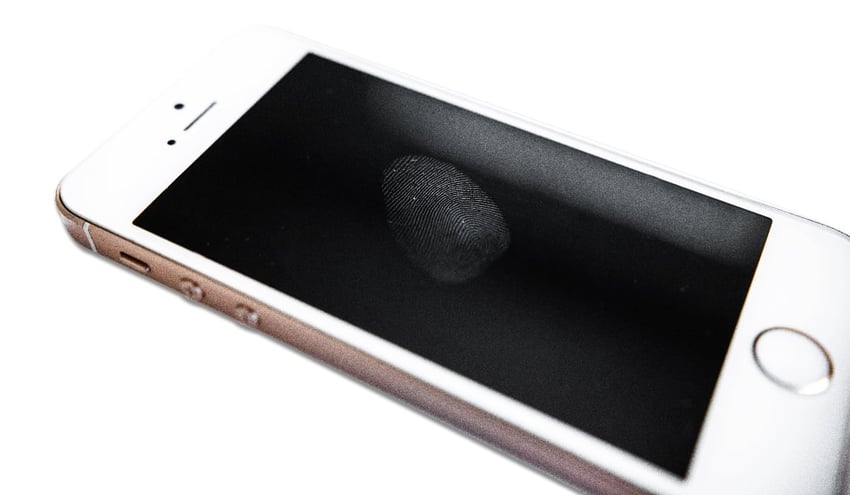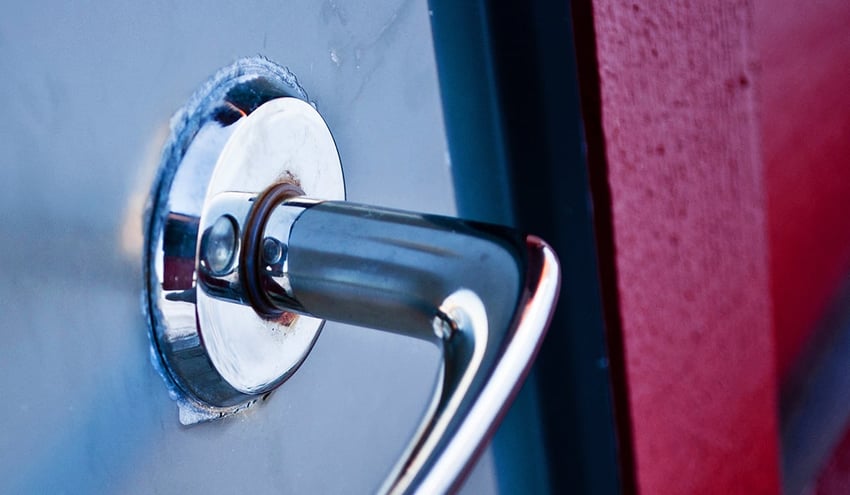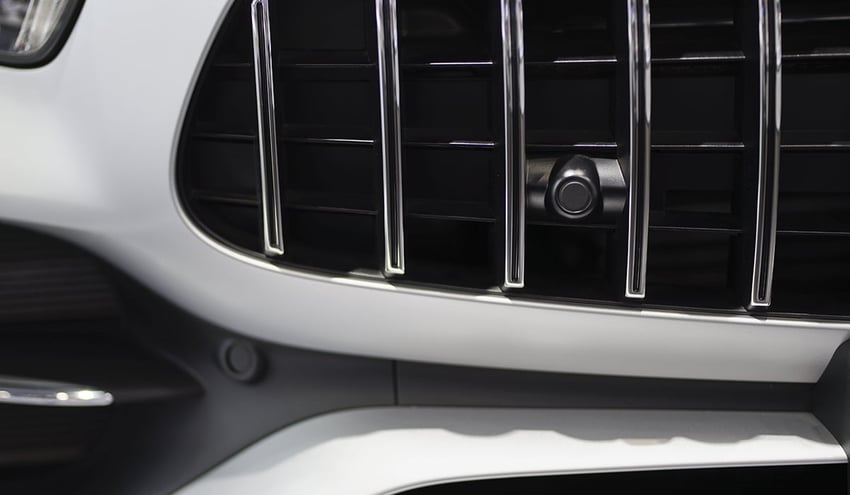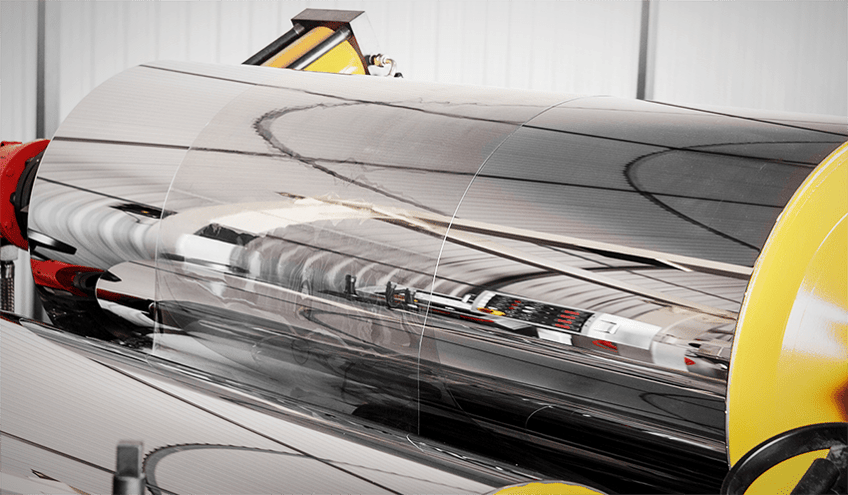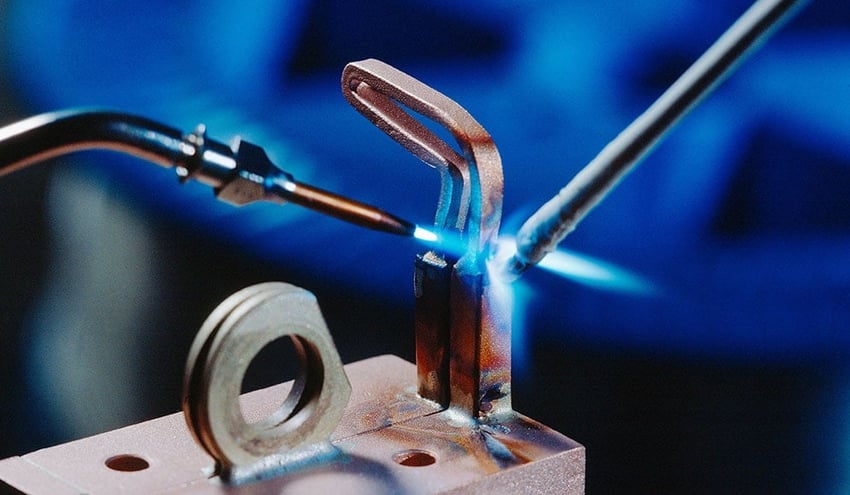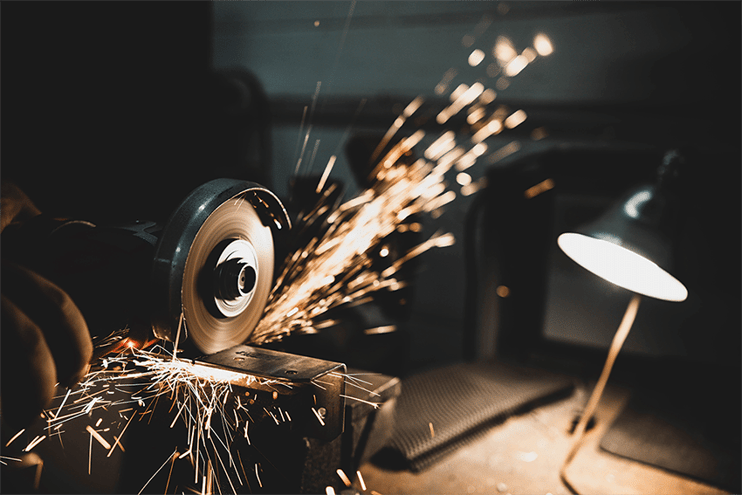Manufacturers are constantly fighting against adhesion problems. Surfaces not sticking and adhesives not working is the daily reality facing manufacturers looking to make high-quality, reliable products. The daunting nature of the task of eliminating adhesion failure seems insurmountable and never-ending.
Changes to equipment or processes are made, yet failure still occurs in the form of bonds not holding, coatings not uniformly covering a surface, paint or ink not adhering, and in dozens more ways that every manufacturer is all too familiar with. These failures result in costly scrap rates, recalls, unhappy customers, expensive rework, and major stalls in getting a product to production or to market.
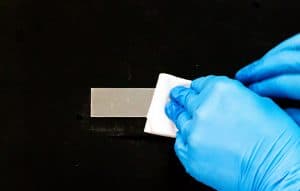
Common Mistake 1: Not knowing your materials in the surface preparation process
This is a common error made by manufacturers across every industry and discipline. A lack of understanding of a material's properties that directly relate to how it will bond to another material is all too common. Often, this is because of the intrinsic trust of suppliers who may not tell manufacturers everything they need to know about the material. Sometimes, subtle changes can be made to a material that the supplier believes will not affect their clients but can end up having catastrophic consequences downstream.
To remedy this mistake, manufacturers need to gain knowledge of the state of every material surface that comes into the production facility and seek expertise about what properties of a material have the highest impact on adhesion.
Common Mistake 2: Using the wrong surface prep process for a material
This mistake goes back to the first one. It is imperative that manufacturers be aware of the material properties that relate to adhesion and understand how to utilize this knowledge to create a surface most amenable to successful adhesion. If this awareness and understanding are lacking, a surface preparation process may be implemented that is, at best, not helping and, at worst, making the surfaces impossible to adhere to.
This can be avoided by overcoming the first common mistake—gaining the proper knowledge of the material properties—and then taking the next step to apply the best preparation method for that material and application.
Common Mistake 3: Over or under-treating a surface
No matter what method of surface preparation is used by a manufacturer, it is possible to prepare the surface insufficiently or degrade it by overtreating it. This mistake often looks like abrading too much or too little, the duration of plasma treatment being too long or too short to create the most adhesion-friendly surface, using a parts washer that is only removing large particulates but not oils, or sometimes not having a treatment or cleaning step at all.
To ensure you’re not making this all-too-common mistake, there needs to be a verification step associated with any treatment, cleaning, and preparation step in a manufacturing process. A step that validates that the surface has reached the exact level of preparation necessary for adhesion needs to be implemented. Without this, it is impossible to know if you’re doing too much or not enough.
Common Mistake 4: Allowing the surface age
Surfaces, like everything else, are subject to the forces of entropy. Surfaces degrade over time, and because of the manufacturing environment, it often doesn’t take long at all. This aging can occur when materials come in from a supplier and are immediately put into storage or stored at a later point before bonding, coating, or printing. Similarly, if an adhesive or coating isn’t applied as quickly as it should be after treatment or cleaning, that surface could have changed enough to create problems for adhesion.
Determining the most optimum time to apply an adhesive or coating after treatment is crucial to getting tripped up by this mistake. It is also critical to inspect every surface once it is taken out of storage so the preparation steps can compensate for any changes that might have occurred.
Common Mistake 5: Using abrasion incorrectly
This mistake is more common among manufacturers with applications involving composites and metals and is usually due to over- or under-abrading a surface. However, for manufacturers with polymer applications, using abrasion at all may be a mistake.
Be certain the material you are abrading is a material that requires abrasion for adhesion. Also, the exact amount of abrasion necessary must be known, and a verification step must be implemented to ensure this specification has been reached and not exceeded.
Common Mistake 6: Not cleaning before abrading
When abrasion is the proper preparation method for the material, it is often used without first ensuring the surface is clean before abrading.
| Mistake: Abrading before wiping or cleaning | Proper Technique: wipe or clean before abrading |
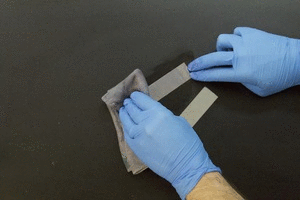 |
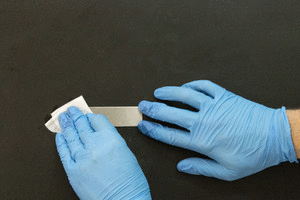 |
| It seems logical that abrading would remove any gunk on the surface since it essentially removes the top of the surface. However, the gunk that is most detrimental to adhesion is not visible to the human eye and is not always removed by abrading. Sometimes, the molecular contamination is merely spread around or ground into the surface by the abrading step. | To avoid this classic blunder, a surface should always be cleaned with a parts washer or an IPA wipe prior to abrasion. It is also very important to verify that the cleaning was sufficient to remove contamination, so inspecting the surface before abrading is necessary. |
Common Mistake 7: Reusing cleaning materials
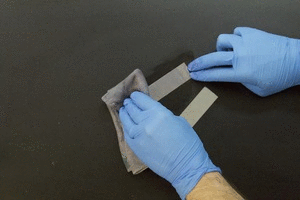 Never reuse a cloth on multiple surfaces.
Never reuse a cloth on multiple surfaces.When cleaning supplies are overused, they increase the risk of spreading contamination from one material to another. For instance, when a wipe is reused, it can remove contamination from one surface and apply it directly to the next surface, even if it appears clean. Similarly, not changing out the water or solution in a parts washer as often as needed means you might as well be giving materials a contamination bath.
Never reuse a wipe once it has come into contact with a surface, and regularly inspect parts after any cleaning step to determine when it is time to change the cleaning elements.
Common Mistake 8: Not using the proper wiping technique
Yes, there is a proper wiping technique.
| Incorrect Wiping Technique | Proper Wiping Technique |
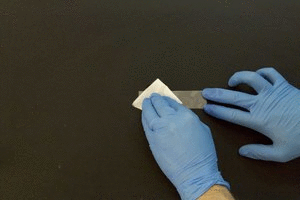 |
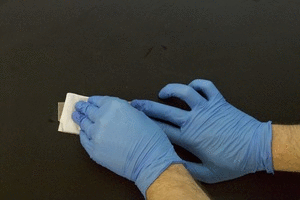 |
| It seems to be human nature to want to wipe a surface by moving the wipe or cloth in a circle. This method does next to nothing when it comes to truly cleaning a surface. | The proper technique is to use a lint-free cloth with an ample amount of cleaning solution, usually isopropyl alcohol, apply more pressure than is typically applied, and then wipe in one direction—typically towards your body—so the pressure can remain consistent. After each pass, the cloth needs to be folded so an unused surface touches the material with each wipe. This alone will give you impactful results. |
Common Mistake 9: Using improper personal protective equipment
There are protocols for safety and cleanliness in every manufacturing environment. However, if not implemented with the effect of adhesion in mind, these may not be sufficient for keeping contamination off the production line.
Always make sure anyone handling materials or adhesives is wearing gloves and that those gloves are changed frequently. People often handle contaminated materials without thinking about them as contaminated because they are not visibly compromised. The chemical components that can create adhesion failure cannot be seen and, therefore, are not often considered when using personal protective equipment.
Common Mistake 10: Not restricting materials allowed in a facility and not knowing where contaminants can come from
Much like mistake number 9, there are almost certainly procedures in place to keep facilities clean, and therefore, some items and activities are banned from production areas. However, if the origin of some contaminants is not known or understood, some could be flying under the manufacturers' radar. For instance, it is common not to allow the popular silicon wristbands in a facility, but scent-masking sprays and frostbite prevention substances often used by hunters are silicon-based. If even a trace amount is brought into a production line, it can spell disaster for adhesion.
Ensure everyone follows all current cleanliness policies and begin thinking creatively when determining ways that contamination can be introduced to a facility.
So, What Now?
While addressing these common mistakes might seem like a significant endeavor, the core lies in building awareness. This involves understanding what happens during surface preparation, the initial and post-treatment condition of your materials, best practices for surface treatments, and potential sources of contamination. Adopting a systematic approach to adhesion failure prevention, even small adjustments can substantially impact your entire manufacturing process.
Have the solutions to your adhesion problems in your manufacturing operation eluded you?
To learn more about eliminating adhesion issues, download the free eBook "The Future of Manufacturing: A Guide to Intelligent Adhesive Bonding Technologies & Methodologies."

